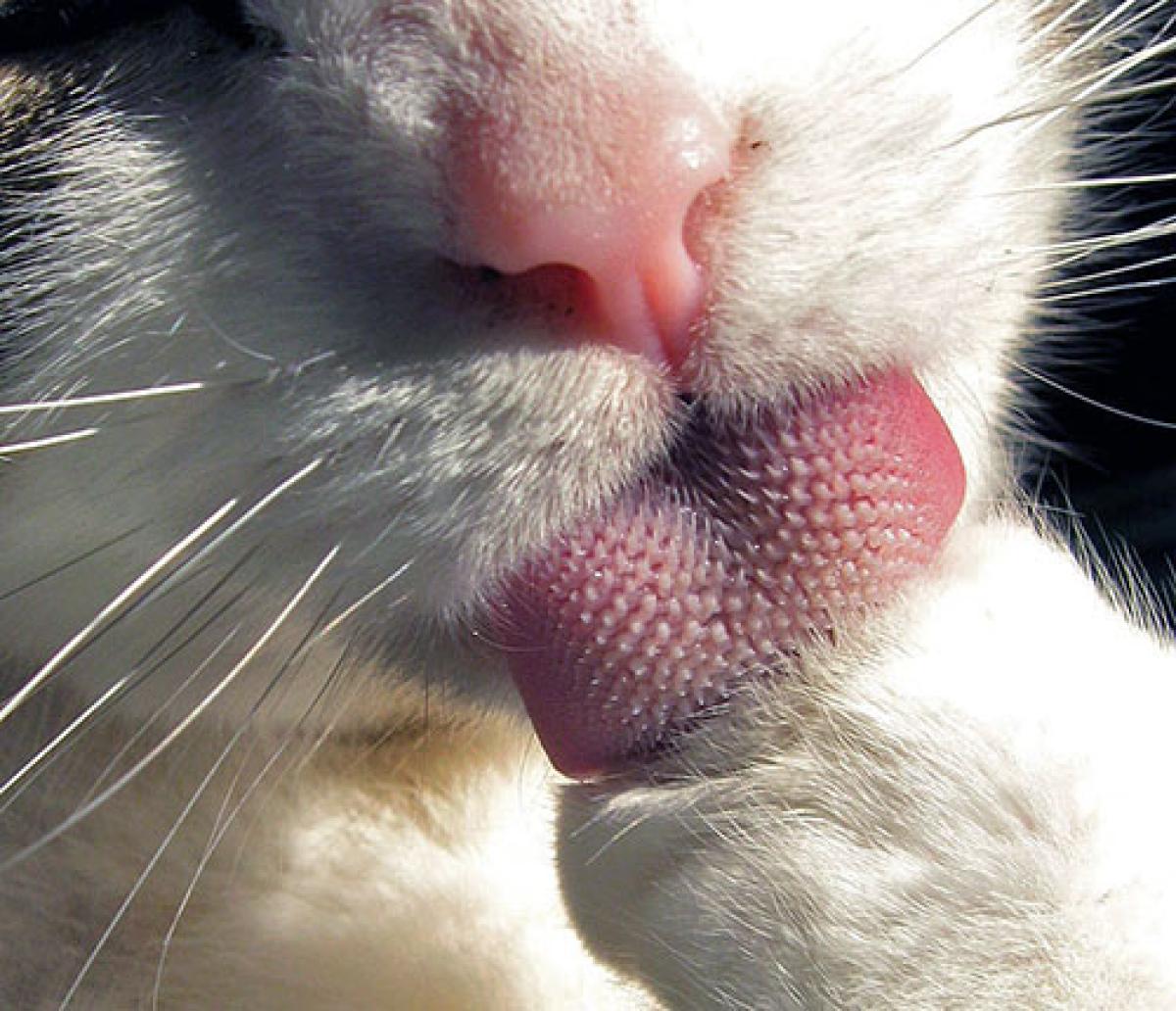Taste Receptors You Can’t Taste

Research in the last decade has found that taste receptor cells are not actually confined to the oral cavity. These cells are also found in the digestive tract and pancreas, but instead of signaling a perception of taste to the brain, they sense nutrients in the body, and adjust the secretion of metabolic hormones. The circulation of these hormones helps to regulate appetite and satiety (fullness), as well as glucose (sugar) levels in the bloodstream.
Animals, Taste, and Evolution
Most animals have taste receptors similar to ours, but the types they have and the location tends to relate to the lifestyle of the animal. Cats, for instance, and other carnivores, do not have sweet taste receptors. Because their diet is very low in carbohydrates and high in protein, they have lost the ability to taste sweet through evolution. Most whales and dolphins have actually lost almost all taste receptors. They swallow their prey whole, and therefore have no need for a sense of taste. Fish, on the other hand, have taste receptors all over their body, including their skin, gills, and lips. This allows them to find food suspended in the water.
Additional images via Wikimedia Commons. Cat licking paw by torbakhopper.
Read more about: How Do We Sense Taste?
Bibliographic details:
- Article: Taste Outside the Mouth
- Author(s): Dr. Biology
- Publisher: Arizona State University School of Life Sciences Ask A Biologist
- Site name: ASU - Ask A Biologist
- Date published:
- Date accessed:
- Link: https://askabiologist.asu.edu/taste-outside-mouth
APA Style
Dr. Biology. (). Taste Outside the Mouth. ASU - Ask A Biologist. Retrieved from https://askabiologist.asu.edu/taste-outside-mouth
Chicago Manual of Style
Dr. Biology. "Taste Outside the Mouth". ASU - Ask A Biologist. . https://askabiologist.asu.edu/taste-outside-mouth
Dr. Biology. "Taste Outside the Mouth". ASU - Ask A Biologist. . ASU - Ask A Biologist, Web. https://askabiologist.asu.edu/taste-outside-mouth
MLA 2017 Style

Most animals have taste receptors, but they do not have all the same ones as humans. For example, cats can't taste sweetness.
Be Part of
Ask A Biologist
By volunteering, or simply sending us feedback on the site. Scientists, teachers, writers, illustrators, and translators are all important to the program. If you are interested in helping with the website we have a Volunteers page to get the process started.

